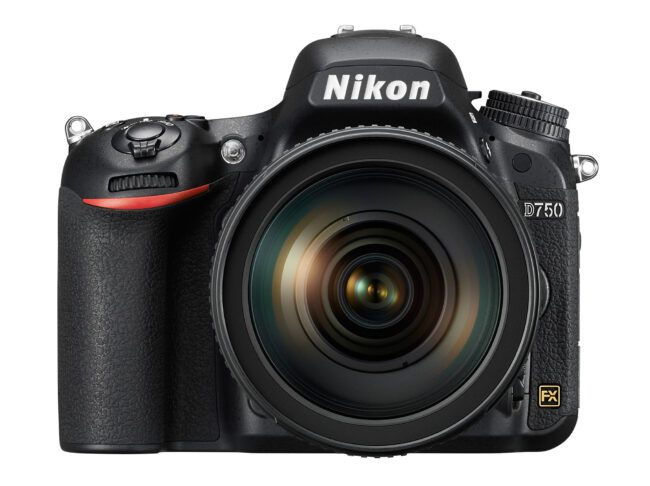إعدادات نيكون D750 الموصى بها
Recommended Nikon D750 Settings
تُعد كاميرا Nikon D750 كاميرا متقدمة تحتوي على العديد من القوائم والإعدادات المختلفة، ويمكن أن تكون مربكة لكثير من المصورين في البداية. لذا، في هذه المقالة، أريد شرح جميع إعدادات الكاميرا على كاميرا Nikon D750 وتقديم بعض التوصيات حول كيفية ضبط الكاميرا بشكل صحيح. من فضلك ضع في اعتبارك أنه على الرغم من أن هذه الإعدادات تناسبني، إلا أن هذا لا يعني أنه يجب على الجميع التصوير بنفس الإعدادات تمامًا. يتم توفير المعلومات الواردة أدناه كدليل لأولئك الذين يريدون فقط البدء بالفهم الأساسي للكاميرا وميزاتها العديدة.

قبل الدخول إلى قائمة الكاميرا، فلنبدأ أولاً في عناصر التحكم الخارجية. تحتوي كاميرا D750 على الكثير من خيارات القائمة، ولكن هناك بعض الأشياء التي لا يمكنك التحكم فيها إلا باستخدام عناصر التحكم الخارجية.
The Nikon D750 is an advanced camera with many different menus and settings, and it can be overwhelming for a lot of photographers at first. So, in this article, I want to explain all the camera settings on the Nikon D750 and provide some recommendations for how to set your camera properly. Please do keep in mind that while these settings work for me, it does not mean that everyone else should be shooting with exactly the same settings. The below information is provided as a guide for those that just want to get started with a basic understanding of the camera and its many features.

Before going into the camera menu, let’s first get started on the exterior controls. The D750 has a lot of menu options, but there are some things that you can only control with external controls.
Recommended Nikon D750 Settings
تُعد كاميرا Nikon D750 كاميرا متقدمة تحتوي على العديد من القوائم والإعدادات المختلفة، ويمكن أن تكون مربكة لكثير من المصورين في البداية. لذا، في هذه المقالة، أريد شرح جميع إعدادات الكاميرا على كاميرا Nikon D750 وتقديم بعض التوصيات حول كيفية ضبط الكاميرا بشكل صحيح. من فضلك ضع في اعتبارك أنه على الرغم من أن هذه الإعدادات تناسبني، إلا أن هذا لا يعني أنه يجب على الجميع التصوير بنفس الإعدادات تمامًا. يتم توفير المعلومات الواردة أدناه كدليل لأولئك الذين يريدون فقط البدء بالفهم الأساسي للكاميرا وميزاتها العديدة.

قبل الدخول إلى قائمة الكاميرا، فلنبدأ أولاً في عناصر التحكم الخارجية. تحتوي كاميرا D750 على الكثير من خيارات القائمة، ولكن هناك بعض الأشياء التي لا يمكنك التحكم فيها إلا باستخدام عناصر التحكم الخارجية.
The Nikon D750 is an advanced camera with many different menus and settings, and it can be overwhelming for a lot of photographers at first. So, in this article, I want to explain all the camera settings on the Nikon D750 and provide some recommendations for how to set your camera properly. Please do keep in mind that while these settings work for me, it does not mean that everyone else should be shooting with exactly the same settings. The below information is provided as a guide for those that just want to get started with a basic understanding of the camera and its many features.

Before going into the camera menu, let’s first get started on the exterior controls. The D750 has a lot of menu options, but there are some things that you can only control with external controls.

تعليق